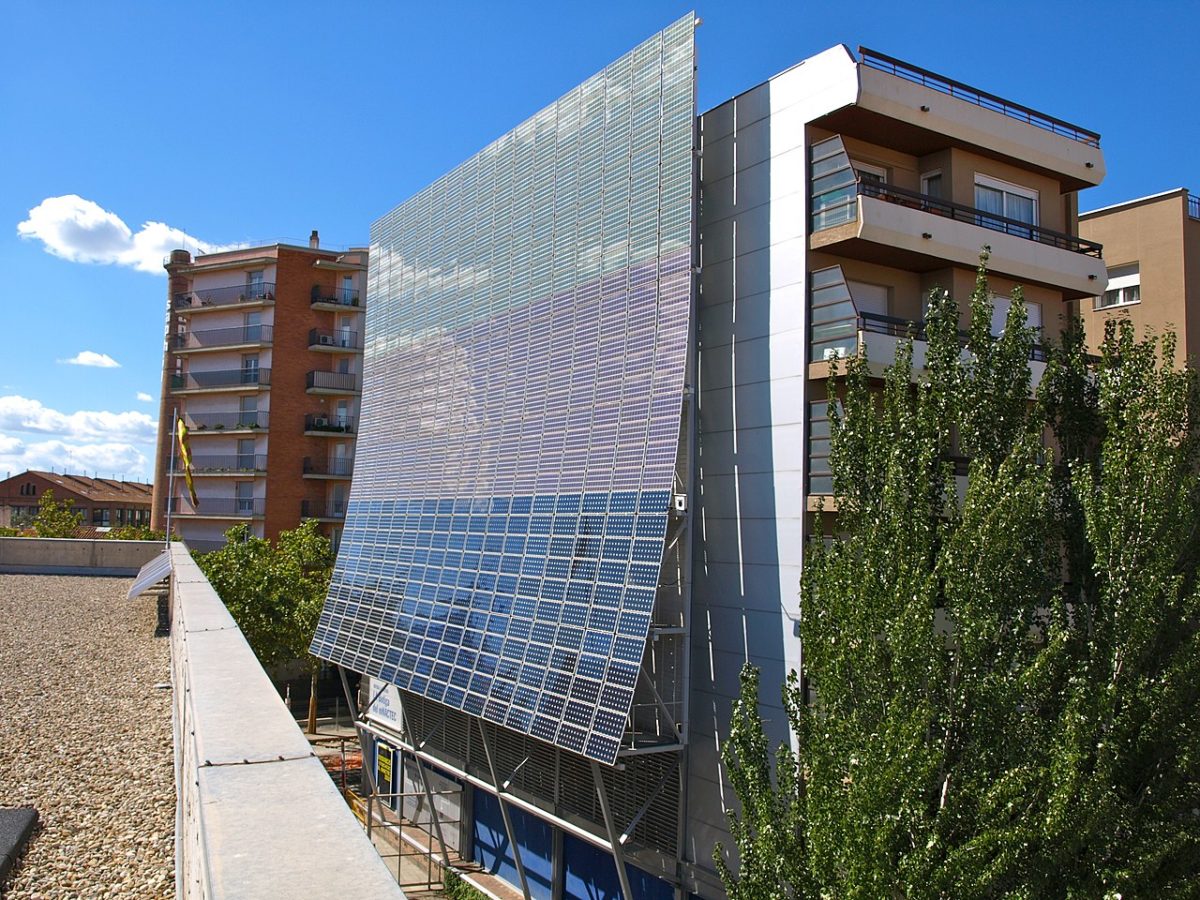A group of scientists from the Devi Ahilya University in India has tested whether phase change materials (PCMs) can be used as a passive cooling agent in a building-integrated photovoltaic (BIPV) power system. PCMs are able to absorb, store and release large amounts of latent heat over a defined temperature range and have often been used, at the research level, for PV module cooling.
“Our technique will be particularly suitable for the hot climatic region, where the BIPV- PCM system can be beneficial economically,” research co-author Digvijay Singh told pv magazine. “However, optimization of PCM quantity will be required depending upon the region.”
The researchers stressed that the use of PCMs in BIPV systems would not only reduce the panels operating temperatures but also have a positive impact on the thermal comfort inside the buildings. Four kinds of PCMs were used in the experiment and were encapsulated with the PV system and the building envelopes under two configurations, which they defined as “naturally or forced ventilated” and “non-ventilated.”
The Indian group used organic, inorganic, eutectic PCMs and a PCM mixed with nanoparticles. The experiment showed that the PCMs are able to delay the heat flux rate through the building envelopes. “Due to direct encapsulation of PCMs with PV modules, heat flux rate through the envelopes increases when compared with ventilated air gap and insulation provided between the PCMs and PV modules,” it explained.
The academics found that the organic PCMs were able to reduce module temperature by up to 15 degrees Celsius, which they described as the lowest performance among the four materials. The PCM mixed with nanoparticles offered the best performance by lowering the panel temperature by up to 22 degrees Celsius, while inorganic and eutectic PCMs both achieved a maximum reduction of 18 degrees Celsius.
“A significant reduction in temperature of modules and building envelopes occurs in both the categories is observed,” they asserted. “However, the implementation of BIPV-PCM at a large scale and its economic viability is to be examined by the researchers in upcoming years.”
According to Singh, the proposed technology may also be applied to conventional solar panels, although it has only been tested on a limited amount of BIPV systems thus far.
The experiment was described in the study “Application of phase change material in building integrated photovoltaics: A review”, published in materials today: PROCEEDINGS.
This content is protected by copyright and may not be reused. If you want to cooperate with us and would like to reuse some of our content, please contact: editors@pv-magazine.com.




3 comments
By submitting this form you agree to pv magazine using your data for the purposes of publishing your comment.
Your personal data will only be disclosed or otherwise transmitted to third parties for the purposes of spam filtering or if this is necessary for technical maintenance of the website. Any other transfer to third parties will not take place unless this is justified on the basis of applicable data protection regulations or if pv magazine is legally obliged to do so.
You may revoke this consent at any time with effect for the future, in which case your personal data will be deleted immediately. Otherwise, your data will be deleted if pv magazine has processed your request or the purpose of data storage is fulfilled.
Further information on data privacy can be found in our Data Protection Policy.